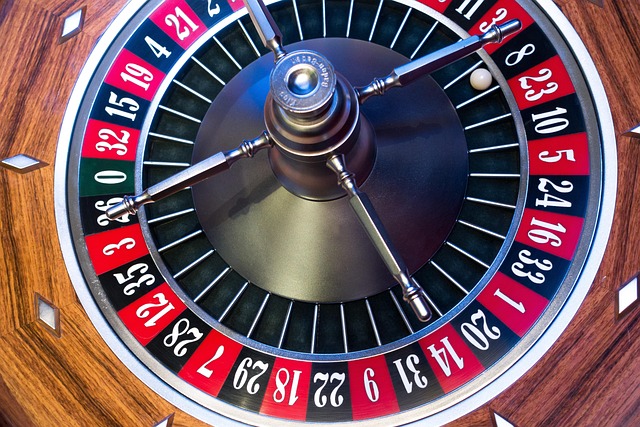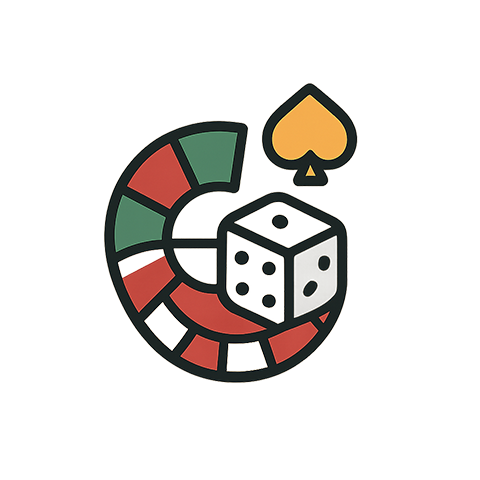
Mastering Roulette at Home: Tips, Strategies, and Fun
Roulette at home has become an increasingly popular pastime for both novice players and seasoned gamblers. Whether you’re setting up a miniature casino in your living room or using a digital simulator, the thrill of watching the ball tumble around the wheel is unmistakable. Mastering this game, however, requires more than just luck. In this guide we’ll walk through practical tips, proven strategies, and the subtle nuances that turn an ordinary spin into an engaging, potentially profitable experience.
Getting Started: Setting Up Your Home Casino
Before you can enjoy a night of roulette at home, you need a few key components. A standard roulette table can be found in most game stores or online, and comes in a range of sizes. A smaller, tabletop version works well for limited space, while a full‑size table offers a more authentic feel. For those who prefer a digital experience, a reputable simulator with realistic graphics and physics is an excellent alternative. Once your equipment is in place, it’s time to create the right atmosphere: dim lighting, a good sound system, and a well‑organized betting area. The more realistic the setting, the more your mind will engage with the game, enhancing both fun and focus.
Choosing the Right Roulette Table
Roulette tables come in two main varieties: European and American. The European wheel contains a single zero, giving players a 2.7% house edge, whereas the American wheel has both zero and double zero, raising the edge to 5.26%. For home play, the European format is recommended if you can control the layout. This not only offers better odds but also allows you to practice strategies that rely on the single zero. Pay attention to the betting layout as well; a clear, easy‑to‑read table encourages faster decision making. A well‑balanced table with a variety of betting options—inside, outside, even/odd, high/low—provides a fuller experience.
Fundamentals of Betting
The cornerstone of roulette at home is a solid understanding of the betting structure. Inside bets cover specific numbers or small groups and pay higher odds, while outside bets cover larger ranges and offer lower payouts. Common inside bets include single numbers (pays 35 to 1), split bets (two adjacent numbers, pays 17 to 1), street bets (three numbers in a row, pays 11 to 1), and corner bets (four numbers, pays 8 to 1). Outside bets include red or black, odd or even, and high or low, each paying even money. Mastery comes from knowing how to mix these bets to balance risk and reward, and how to adapt your approach based on the table’s volatility.
Classic Strategies for Roulette at Home
-
The Martingale System
Perhaps the most famous betting method, the Martingale strategy involves doubling your stake after every loss. The idea is that a single win will recover all previous losses plus a profit equal to the original bet. While mathematically sound in theory, the system demands a substantial bankroll and is vulnerable to table limits. It’s best applied with moderate bets on even‑money outside bets.
-
The Reverse Martingale (Paroli)
This strategy flips the Martingale’s logic. You double your stake after each win, aiming to ride streaks. After a loss, you reset to the base bet. This method reduces exposure during losing runs and capitalizes on positive momentum, but it requires discipline to avoid chasing losses.
-
The D’Alembert System
Here you increase your bet by one unit after a loss and decrease it by one unit after a win. It’s a gentler alternative to Martingale, lowering the risk of large swings while still encouraging progression during winning streaks.
-
The Fibonacci Sequence
In this approach you follow the Fibonacci series (1, 1, 2, 3, 5, 8, 13, …), betting the sum of the two previous numbers after a loss and resetting to the start after a win. The system is less aggressive than Martingale but still rewards streaks.
Managing Your Bankroll
Even the most elegant strategy falters without proper bankroll management. Allocate a fixed amount of money for each session and never exceed it. Break your bankroll into units—typically 1% to 2% of the total—so that even a series of losses won’t deplete your resources. A disciplined approach keeps emotions in check and allows you to play through both winning and losing streaks with confidence. Consider using a log to record bets, wins, and losses; reviewing this data can reveal patterns and help refine your strategy.
Common Mistakes to Avoid
-
Ignoring Table Limits
Table limits exist to protect both the house and the player. Exceeding the maximum bet can shut down your session abruptly and prevent you from recovering losses.
-
Chasing Losses
Continuously increasing stakes after a loss in hopes of a quick comeback is a recipe for deeper deficit. Stick to your predetermined betting pattern and accept losses as part of the game.
-
Overcomplicating Bets
Trying to predict the next number with advanced statistical models often leads to frustration. Roulette’s randomness means no system can guarantee accuracy.
-
Neglecting the Edge
Playing American roulette when a European wheel is available increases the house edge. Opt for the lower‑edge option whenever possible.
Adding Variety: Betting Systems and Variants
Once you’re comfortable with the basics, experiment with less common strategies such as the Labouchère, the 2‑D – or even a blend of multiple systems tailored to your risk tolerance. Beyond systems, explore variants like French Roulette, which introduces the “la partage” rule reducing the house edge for certain even‑money bets. These nuances can keep your sessions fresh and offer new learning curves without compromising the integrity of the game.
Practicing Makes Perfect
Before committing real money, test your strategies on a free simulator. Many platforms offer practice modes that let you spin thousands of times, giving you insight into how your betting pattern performs over the long run. Pay attention to how your bankroll reacts and whether you maintain discipline during both wins and losses. If the practice session highlights weaknesses, tweak your approach before moving to a live session.
Closing Thoughts
Roulette at home is a blend of chance, skill, and psychological endurance. By setting up an authentic environment, selecting the right table, mastering the betting fundamentals, and employing disciplined bankroll management, you create a foundation for enjoyable play. Strategies like Martingale or D’Alembert add structure, but the ultimate lesson lies in understanding that no system can overcome the inherent house edge. Enjoy the spins, respect the odds, and let every session be an opportunity to refine your approach. With patience and practice, you’ll transform the spinning wheel into a thrilling, strategic pastime that can be shared with friends or savored solo.


